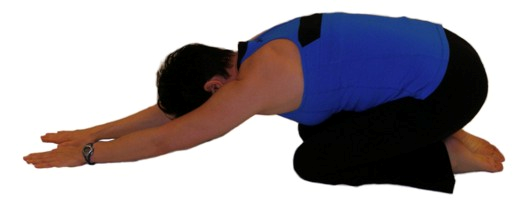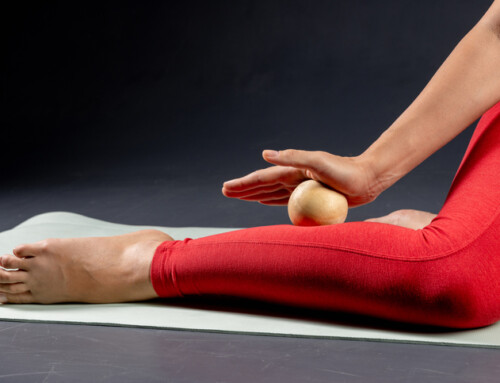Too Much Desk Time? Try These 4 Stretching Techniques!
by Brandon DuBois, SPT
Do you work at a job that requires consecutive hours of sitting in a desk chair? This prolonged sitting posture can contribute to common patterns of muscular tightness and muscular weakness.
Janda Crossed Patterns
Dr. Vladamir Janda explored these patterns and grouped them into “crossed syndromes”. The upper crossed syndrome consists of inhibited or weakened deep neck flexors, lower trapezius, and serratus anterior. Tightened muscles of the upper crossed syndrome include sternocleidomastoid, pectoral muscles, upper trapezius, and levator scapulae. The lower crossed syndrome consists of weakened abdominal muscles and gluteal muscles. Tightened muscles of the lower crossed syndrome include lower spinal extensors, rectus femoris, and the iliopsoas.
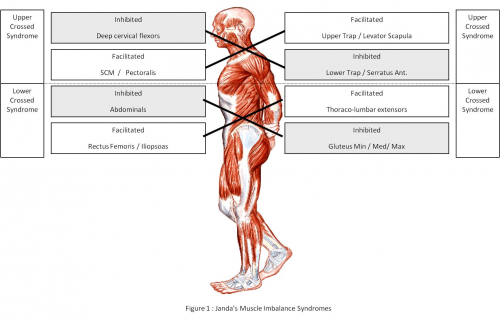
Jandra Syndrome. Janda Crossed Syndromes: Retrieved from http://www.jandaapproach.com/the-janda-approach/jandas-syndromes/
Reducing Muscle Tightness
In order to create a better balance in the musculoskeletal system, it is optimal to strengthen muscles that are inhibited or weak. A Physical Therapist can perform a screening to determine what muscles are inhibited and would benefit from a strengthening program. It is also beneficial to reduce excess muscle tightness by performing stretching techniques. Below are four techniques that may be beneficial for people that are subject to prolonged sitting. These techniques can be performed daily in sets of 3 30-second static holds with 6-second rests between each hold.
1. Upper Trapezius Stretching
To stretch the right upper trapezius, begin by sitting on your right hand. Slowly drop your left ear to your left shoulder. In this position slightly turn your head to the right (not shown). You should feel a stretch on the right side of your neck region. Repeat this for the left upper trapezius.
2. Pectoral Stretching
To stretch both pectoralis major muscles, you can use a corned as seen in the picture or a doorway. Begin by bending both elbows to 90 degrees. Now raise your arms to create a “Y” as shown in the picture. Step into the doorway or corner and slowly lean into the stretch while holding your arms in a static position. You should feel a stretching sensation in the chest region on both sides. Make sure that you hold your low back still and do not let it sink in towards the wall.
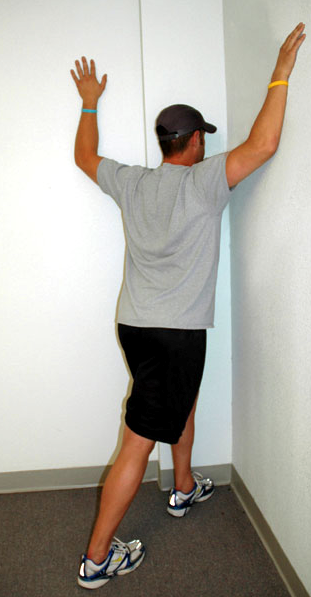
https://www.bodybuilding.com/fun/wade3_cornerfinish.jpg
3. Hip Flexor Stretching
To stretch the right hip flexor musculature, begin with the right knee bent behind you 90 degrees as shown and the left knee bent in front of you 90 degrees as shown. Place your hands on your hips and slowly begin to slide the hips forward with the back remaining in an upright neutral position. You should feel a slight stretch at the right groin region. Repeat this for the left hip flexors by switching leg positioning.
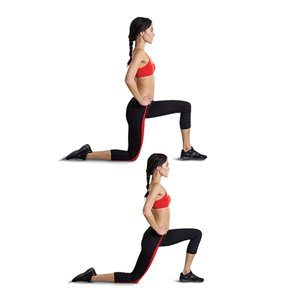
Retrieved from http://www.womenshealthmag.com/sites/womenshealthmag.com/files/images/1107-hip-flexor-stretch.jpg
4. Toraco-Lumbar Extensor Stretching
To stretch the back extensors, begin by kneeling on the floor and then sitting on your heels. With hands hip width apart, slowly slide them forward and allow your head to bend toward the floor. Keep sliding your hands forward until you feel a stretch in your lower back
For more information on proper positioning, reducing pain related to prolonged sitting, and how physical therapy can help, contact us at 518-289-5242 (Malta) or 518-289-5242 (Queensbury) pt clinics.
References:
About Dr. Janda. The Janda Approach. http://www.jandaapproach.com/about/. Published November 1, 2012. Accessed June 17, 2017.
Beach TA, Parkinson RJ, Stothart JP, Callaghan JP. Effects of prolonged sitting on the passive flexion stiffness of the in vivo lumbar spine. The Spine Journal. 2005;5(2):145-154. doi:10.1016/j.spinee.2004.07.036.
Woodruff C. Stretches All Desk Workers Should Do Today. The Huffington Post. http://www.huffingtonpost.com/2013/06/14/stretches-desk-workers-sitting_n_3422679.html. Published June 14, 2013. Accessed June 17, 2017.
Related Posts:
- Sitting a lot throughout the day? Take a few tips from Dr. Marsh
- The Carpel Tunnel
- Capital Area Physical Therapy and Wellness – Ergonomics Introduction


